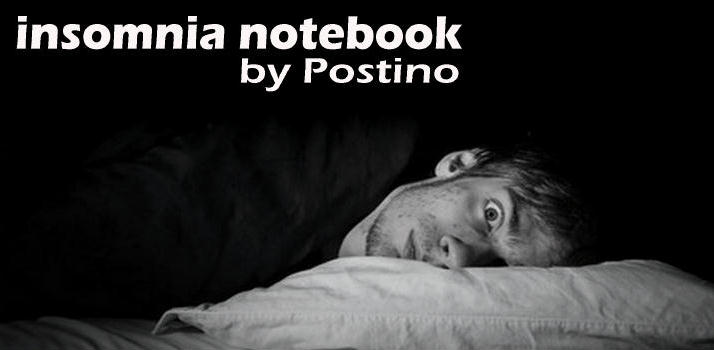WTF?
It took a while before I realized what it meant is that oftentimes the best medical policy is...errrr....hiding...errrr....is a mouse in your walls. OK, so maybe I don't quite get it, and I've been looking at advertising all my life. I studied advertising decades ago. The idea is to make an association in someone's mind with the product, make him want to go right out and buy it. This is a funny, eye-catching picture, but it doesn't make me think of meeting my needs with supplemental insurance.
Make sure you click on it to enlarge it.
 Going through some old issues of The New Yorker magazine, I noticed these odd advertisements from two 1959 issues.
Going through some old issues of The New Yorker magazine, I noticed these odd advertisements from two 1959 issues.The first, for Hanes, is totally screwball. A man about to shoot himself because his wife wants nylon stockings from Hanes? Jeez, pal, no need to over-react. They're available in fine department stores everywhere.
 The second is this ad for the 1959 Ford Thunderbird. It's not the full-size car with the affluent, happy waving couples, it's the tiny car with the adult man and woman waving back. It startled me when I saw they were not children.
The second is this ad for the 1959 Ford Thunderbird. It's not the full-size car with the affluent, happy waving couples, it's the tiny car with the adult man and woman waving back. It startled me when I saw they were not children. The ads all fail for various reasons, yet in their way make me look twice or more at each of them. Maybe that's enough for the people selling the products.
The ads all fail for various reasons, yet in their way make me look twice or more at each of them. Maybe that's enough for the people selling the products.The ads shown below for patent medicines, from an 1888 issue of Golden Argosy magazine, are all good examples of why the United States government eventually passed the Pure Food and Drug Act, and began policing ads touting quackery.
I especially like the first ad and its vivid descriptions of complaints: "Are you hawking and spitting all or part of the time? Are you nervous, irritable and gloomy? Do you have evil forebodings? Do your bowels become costive?" Just send to Prof. Hart, in New York, and get "one bottle of medicine FREE."

Hood's Sarsparilla will cure Scrofula, which covers a list of "'humors,' which fastening upon the lungs, causes consumption [tuberculosis] and death." I wouldn't want scrofula, so send me that sarsparilla. "100 doses One Dollar." Catchy slogan.
 Compare Hood's to Piso's Cure for Consumption, which is a cough syrup. It doesn't list the ingredients, but it's probably narcotic/opium-based. As a matter of fact, so is Prof. Hart's "one bottle of medicine FREE."
Compare Hood's to Piso's Cure for Consumption, which is a cough syrup. It doesn't list the ingredients, but it's probably narcotic/opium-based. As a matter of fact, so is Prof. Hart's "one bottle of medicine FREE." Finally, a Cure for the Deaf! Man, I need this right now. Either that or my wife needs a megaphone, or mike and amplifier to speak through so I can understand her.
Finally, a Cure for the Deaf! Man, I need this right now. Either that or my wife needs a megaphone, or mike and amplifier to speak through so I can understand her.
.




















































